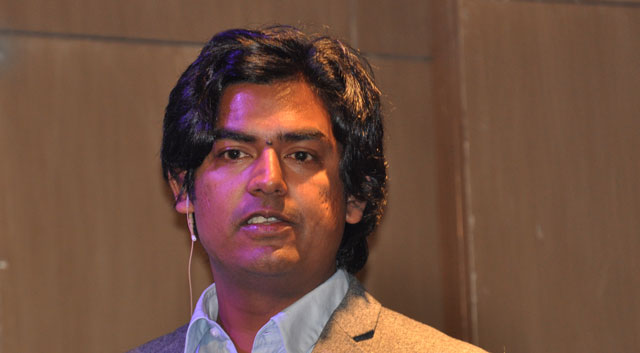
Telkom and its mobile arm 8ta may be sitting in the pound seats when it comes to next-generation wireless broadband thanks to its access to a big chunk of valuable radio frequency spectrum — and the telecommunications operator has signalled it plans to take full advantage of it.
Whereas all of its rivals — MTN, Vodacom and Cell C — will have to “refarm” or reallocate portions of their existing spectrum to provide fourth-generation (4G) services based on long-term evolution (LTE) technology, Telkom has access to a huge and valuable chunk of spectrum in the 2,3GHz band. This band is well suited to building networks that use a flavour of 4G/LTE known as TD-LTE, a version of the technology developed in China and used in China, India, Australia and parts of the Middle East.
8ta’s rivals, particularly MTN and Vodacom, are champing at the bit for access to the 2,6GHz and 800MHz bands, which will eventually be set aside for wireless broadband. But delays in allocating this frequency may drag on for a protracted period, putting the two bigger operators in a tight spot.
Telkom has 60MHz of spectrum in the 2,3GHz band and it says it plans to use all of it to provide ultra-high-speed wireless connections of up to a theoretical 90Mbit/s download speed and 25Mbit/s upload speed to end users. Real-world speeds will be slower based on various factors but 8ta senior managing executive Amith Maharaj tells TechCentral he is confident that Telkom’s access to such a large chunk of spectrum means it will be able to offer connection speeds far in excess of its rivals.
“Average throughput will probably be around 15Mbit/s if the base station is loaded. [Operators] with less spectrum will be able to offer only 5Mbit/s or 6Mbit/s.”
Maharaj claims that from a “pure technology perspective”, the TD-LTE standard is “more efficient for broadband, which is what LTE is meant for”. Telkom’s rivals are all building 4G networks using the FD-LTE alternative favoured by operators in Europe and North America.
He says 8ta’s view is that TD-LTE is the better technology for broadband because, unlike FD-LTE, the uplink and downlink components of the spectrum don’t have to be the same size. “If we have 20MHz, we can do 15MHz down and 5MHz up,” Maharaj explains. “That’s more in line with how the Internet is used and makes more efficient use of spectrum.”
Maharaj plays down the fact that modern handsets like the iPhone 5 will work on the MTN and Vodacom 4G/LTE networks but won’t work on 8ta’s, at least not at the moment, saying 3G will become the “smartphone-based technology and LTE will be a pure broadband play”.
“The SA market won’t necessarily need 40Mbit/s on a smartphone.”
With this in mind, he says 8ta’s device strategy for LTE will focus on supplying fixed-wireless-like implementations, where the company will provide semi-portable, digital subscriber line-like modems to consumers and wall-mounted antennae where the signal is not strong. It will offer this as a solution particularly in areas where cable theft means it’s difficult or impossible to maintain fixed-line services.
It will also offer portable, MiFi-like modems that double as Wi-Fi routers. Maharaj says these modems, which could cost as little as US$200, can be used to facilitate speedy connections to users’ smartphones, tablets and computers without them having to fork out for entirely new equipment.
4G trial
8ta will launch a trial of its 4G/LTE network in Gauteng on 1 November. Coverage areas will be in Pretoria and Johannesburg, including Centurion, Midrand and Sandton, served from about 200 base stations. A coverage map and additional information will be available here from the afternoon of 10 October.
About 200 people will be invited to take part in the trial, which will run until 31 January.
Maharaj says 8ta will launch 4G services commercially “early next year”. — (c) 2012 NewsCentral Media
- See also: Vodacom now live with commercial LTE




